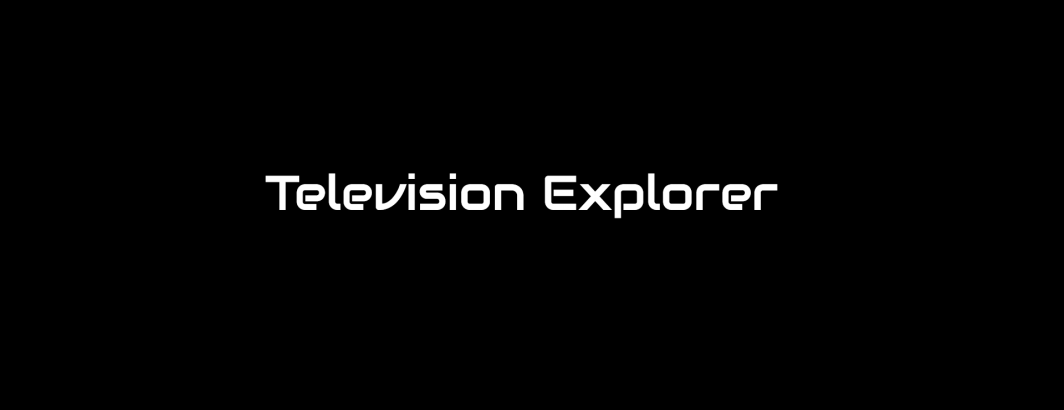
We're excited today to announce the launch of the brand new Television Comparer! Using the same platform as the main Television Explorer, Television Comparer lets you compare multiple broadcast television news searches to examine how different topics are being covered.
In the past, comparing coverage of different topics meant running them separately in the Television Explorer, downloading the results in CSV or JSON format and graphing the different timelines together in Excel, R or other package. Instead, the Television Comparer does all of this for you – you just provide up to four queries and it runs them and graphs together on the same timeline, making it trivial to run rapid-fire exploratory comparisons to look for interesting results.
At present, four major analyses are supported:
- Timeline Merge. Merges the volume timelines of up to four separate searches and displays them on the same combined results timeline, making it easy to compare coverage across topics.
- Timeline Percent. The results timeline for the first search is divided by the results timeline for the second search, resulting in a percentage/density timeline. Ie, if you choose "clinton context:"email"" as your first search and "clinton" as your second search, you will get a timeline showing the percent of all clips mentioning Clinton each day that also mentioned her emails.
- WordCloud Raw. This computes a tabular wordcloud of the top terms appearing in the top 500 most relevant clips for each search and displays the percent of clips that contain each word.
- WordCloud TF-IDF. This computes a tabular wordcloud of the top terms appearing in the top 500 most relevant clips for each search and displays the words with the highest modified TF-IDF scores. In essence, instead of displaying the most common terms, this wordcloud decreases the score of words that appear frequently across each of your searches, surfacing the terms that are unique to each search. Thus, if you search for "clinton" and "clinton emails", the word "clinton" will be scored lower in this wordcloud, since it appears frequently in both searches and thus is not unique to either. Note that this is a modified TF-IDF score that uses the returned percentages instead of actual population counts.
EXAMPLES
- Percent of Clinton coverage that mentioned her emails. The first timeline shows all Clinton coverage and all Clinton coverage that also mentioned her emails. The second timeline shows what percent of all Clinton coverage mentioned her emails. Both use 5-day rolling window smoothing to make the trends clearer. For CNN typically around 5-10% of coverage mentioned her emails, while for FOX News it typically ranges from around 5-20%.
- Comparing Philadelphia and San Francisco coverage of Hurricanes Irma and Maria. This compares coverage of Hurricanes Irma and Maria in the Philadelphia and San Francisco markets over time and shows how the word clouds can be used to see the differences in topical coverage.